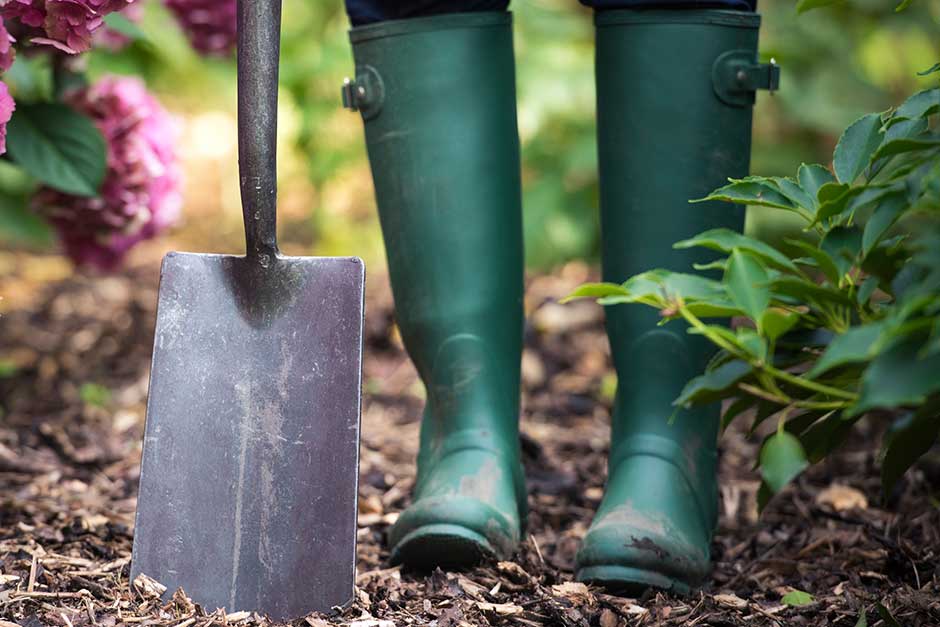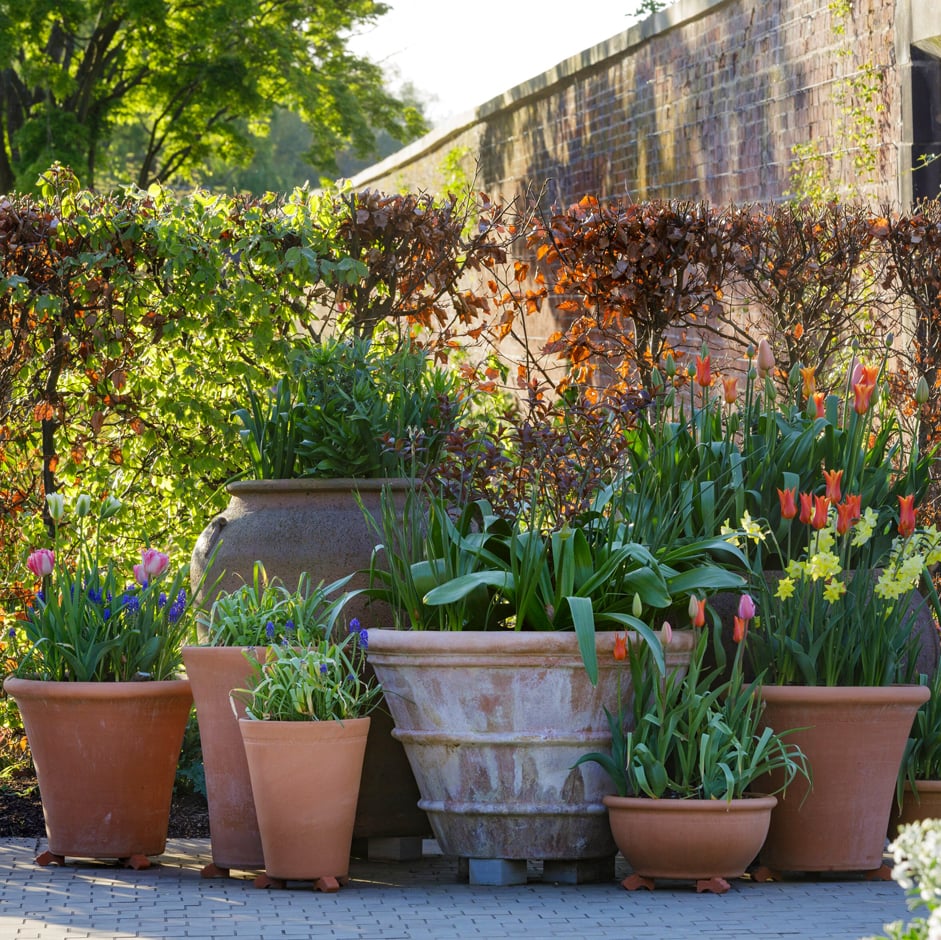
Introducing...
Festuca
Botanical name: Festuca
Common name: fescue
These low-growing, compact, mounding-forming plants can have green, blue or golden leaves. Use them to edge a border or combine them with herbaceous perennials and other ornamental grasses. Most are evergreen and useful in containers for winter interest. In summer they have delicate wand-like flowers.
Looks
With narrow grey-green or steely-blue leaves, these compact grasses form low tufted mounds. In summer, thin, upright stems carry spikes of small flowers.
Likes
Grow in full sun, in free-draining soil that is moderately fertile to poor. They are happy in containers as well as borders.
Dislikes
These grasses are usually short-lived in damp, heavy or very fertile soil. The leaf colour is better in sun than in shade.
Did you know?
Festuca have real impact when planted en masse, providing a contemporary feel.
Growing guide

How to grow festuca
All the information you’ll need to grow and care for festuca can be found in the RHS guide to ornamental grasses
Festuca we recommend
Festuca glauca Intense Blue ('Casblue'PBR)
blue fescue [Intense Blue]
- 0.1–0.5 metres
- 0.1–0.5 metres
Festuca glauca 'Golden Toupee'
blue fescue 'Golden Toupee'
- 0.1–0.5 metres
- 0.1–0.5 metres
Festuca glauca Intense Blue ('Casblue'PBR)
blue fescue [Intense Blue]
- 0.1–0.5 metres
- 0.1–0.5 metres
Festuca glauca 'Golden Toupee'
blue fescue 'Golden Toupee'
- 0.1–0.5 metres
- 0.1–0.5 metres
Useful advice
Gravel gardens

Growing plants in containers
Ornamental grasses: cutting back
Ornamental grasses: dividing

Plants for coastal areas
_429600.jpg?width=432&height=289&ext=.jpg)
Prairie planting: creation and maintenance
Get involved
The Royal Horticultural Society is the UK’s leading gardening charity. We aim to enrich everyone’s life through plants, and make the UK a greener and more beautiful place.